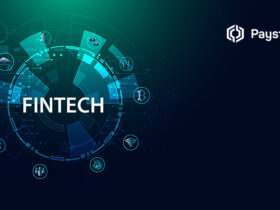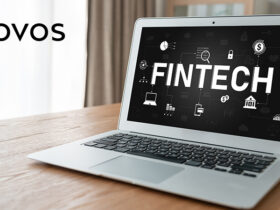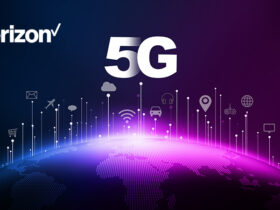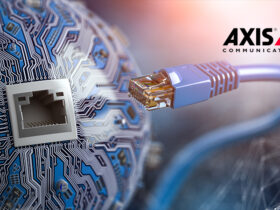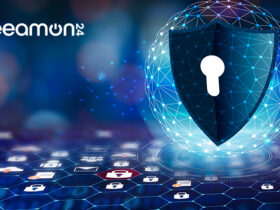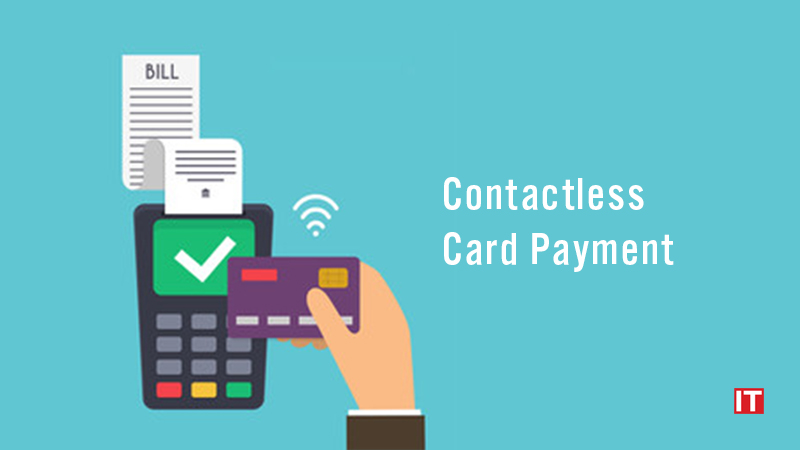Banking technology is always evolving to make money management more efficient, secure, and accessible. Contactless payment is an example of such a feature, which has arisen as a necessary practice for saving time and ensuring a smooth payment experience. Even before the pandemic, contactless cards were widely utilized, and their relevance has only expanded in recent years.
Why Contactless Card Payment?
“Contactless card payment” is a no-touch method of paying with a credit, debit, or gift card on a point-of-sale system that has the necessary technology. Wherever practical, contactless-enabled cards use radio frequency identification (RFID) and near-field communication (NFC) to perform transactions. Swiping or putting a card into a card terminal are both methods of contactless payment. For many cardholders and merchants, it’s a quick, simple, and relatively safe method of payment.
At a chip-enabled register, contactless cards are just as secure as chip cards. They’re also safer than credit cards and magnetic stripe payments. Each contactless transaction generates a one-time code or password that is unique. As a result, security concerns are reduced significantly.
Read More: The Semiconductor Chips Crisis: Where Do We Stand?
How Does It Work?
A contactless card uses RFID technology to allow you to execute a transaction by hovering or tapping the card over a card terminal. The card sends out short-range electromagnetic waves that are picked up by the point-of-sale system and processed to complete the transaction.
A little integrated chip emits electromagnetic waves in contactless cards. This is not the “insert” chip that you use to avoid swiping. Your payment information is communicated when you place your card within a few inches of a contactless-enabled payment terminal. Don’t remove your card away too quickly because the transaction may take a second or two to complete. The payment terminal may beep, display a green checkmark, or flash a green light to signify that the transaction is complete.
The Benefits of Contactless Card
Speed of Transaction
As we all space out or start a new topic or thoughts during the time between inserting the card and receiving confirmation, most payment terminals will buzz or ding to warn you when you can finally remove your card. In comparison, “tapping” a contactless chip to pay takes only a few seconds. Contactless payments are both faster and safer than paying with cash or a magnetic stripe swipe.
International Acceptance
While many of us are unable to travel internationally at this time, another advantage of contactless cards will become apparent once foreign travel is resumed. Chip and PIN technology has become so common in other countries, particularly in Europe and Australia, that it has basically become the new standard. Many self-service ticket machines demand contactless payment or a Chip and PIN equipped card. If you don’t have a Chip and PIN card, a contactless credit card may be your only option for paying some businesses.
Security
While many of us are unable to travel overseas at this time, once international travel is resumed, another advantage of contactless cards will become obvious. Chip and PIN technology has become the new standard in various nations, particularly in Europe and Australia. Contactless payment or a Chip and PIN card are required by many self-service ticket machines. A contactless credit card may be your sole option for paying some businesses if you don’t have a Chip and PIN card.
Stealing your physical credit card is the simplest way for a thief to take advantage of contactless payment technology. Thieves may theoretically get away with making fraudulent payments because signatures aren’t always required for contactless payments, but card issuer fraud departments have gotten fairly smart, and any fraudulent charges will almost certainly be reported and reimbursed to your account.









